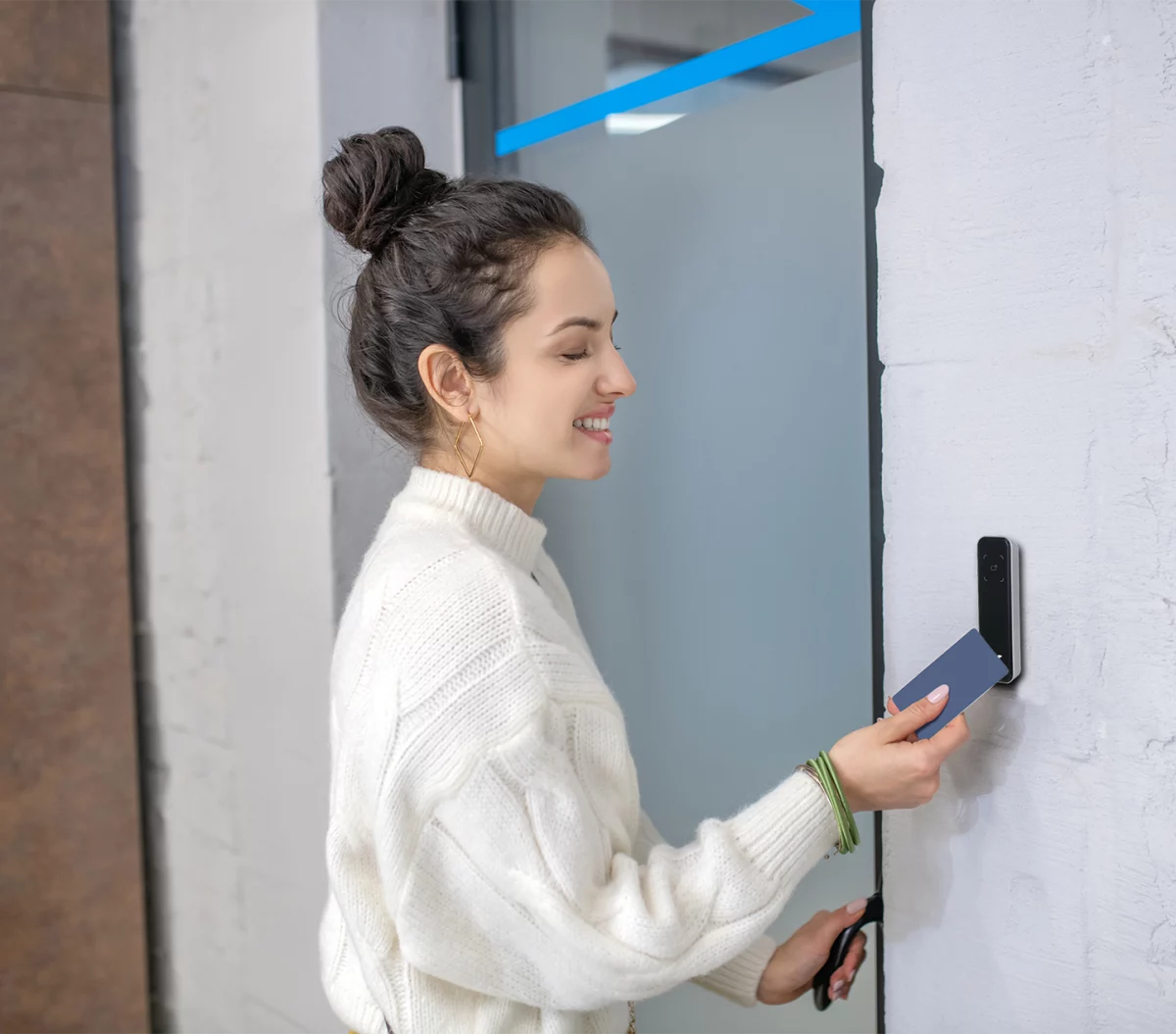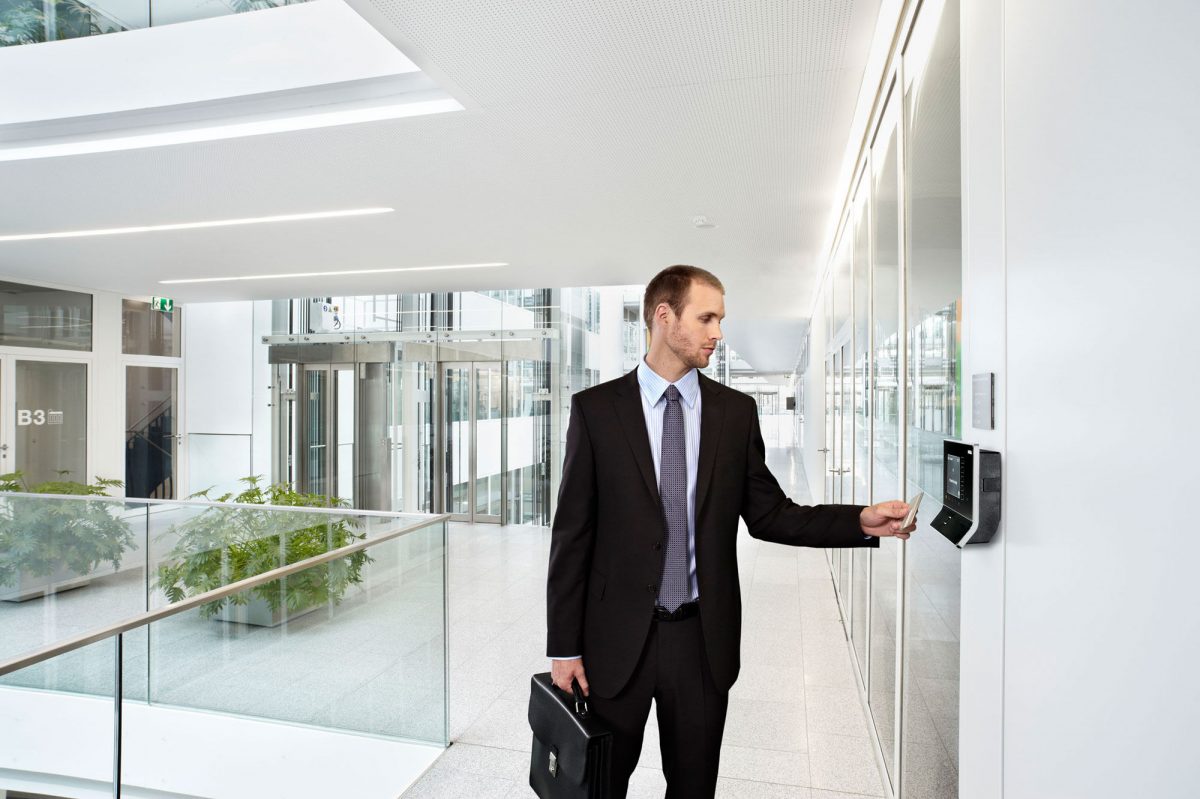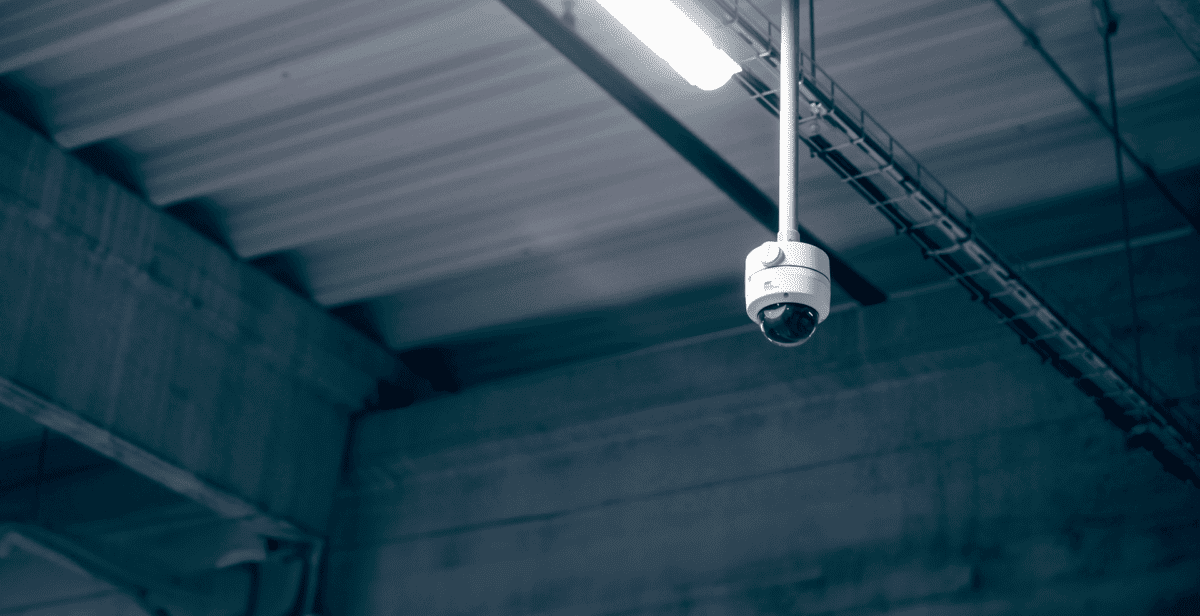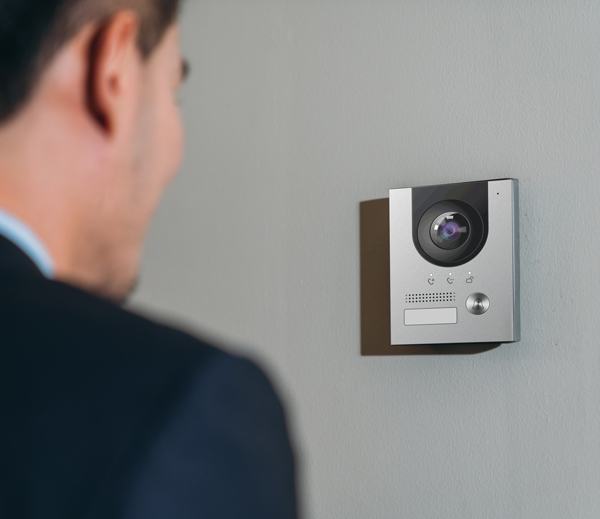

Blog
Access Control Systems in Hybrid Work Environments
Almas Team

Going to the office every day of the week felt like a long distant memory and suddenly everyone became customised to working from home - which carried over to today where many people don’t feel the need to be at the office every day to get their work done.
The working world is a very different place compared to a little over 2 years ago before the pandemic shifted every facet of life around. For pretty much every organisation and industry, forced implementation of home-based and online working posed a lot of challenges and rapid acceleration of a hybrid working environment/ models.
Going to the office every day of the week felt like a long distant memory and suddenly everyone became customised to working from home – which carried over to today where many people don’t feel the need to be at the office every day to get their work done. With remote working now a part of our working life, what are the implications for offices and buildings and their security?
Access Control Systems
In the world of access control systems, there has been a lot of development into new features and technologies to support hybrid working arrangements for businesses that still operate in an office building environment.
An access control system’s main focus is on security and control, protecting the building, its employees and assets from theft, damage, and intrusion by unwanted parties. The way it achieves this is by way of pre-assigning credentials to the individuals that define whether they may enter the building, where they can go and where they are not permitted to access.
In the hybrid working environment, access control systems are a form of occupancy management, which within a hybrid work role takes it to another level. With new strains of the coronavirus still making the rounds around the UK, an access control system can not only determine occupancy limits for specific rooms and areas in the building, but with the use of biometric scanners, they can detect an elevated temperature, which is often an indication that someone is unwell.
Facial Recognition
Facial recognition is now widely used for unlocking phones and confirming payments through apps, and it can also be used as a biometric credential for access control for the business premises.
Card readers and keypads are the typical devices for access to buildings through controlled doorways, but facial recognition is fast becoming more widespread in business use. This biometric form of identification has been the major stroke in protecting business premises from not just imposters looking to raid items from the site whilst no employees are present, but also to safeguard employees by being able to measure and read forehead temperatures, denying access to any readings higher than the pre-set limit.
With many businesses now weary of traditional scanners which can be touched by many hands during a typical day, facial recognition camera terminals are viewed as the best contactless entry option.
Workplace environments will continue to evolve as the years move forward with many of them not occupied daily. An access control system provides advanced security and protection for company assets and much more to support a hybrid working environment/ models.
Contact the team at Almas Industries today to discuss biometric access control, biometric readers, or facial scanners for your business.




